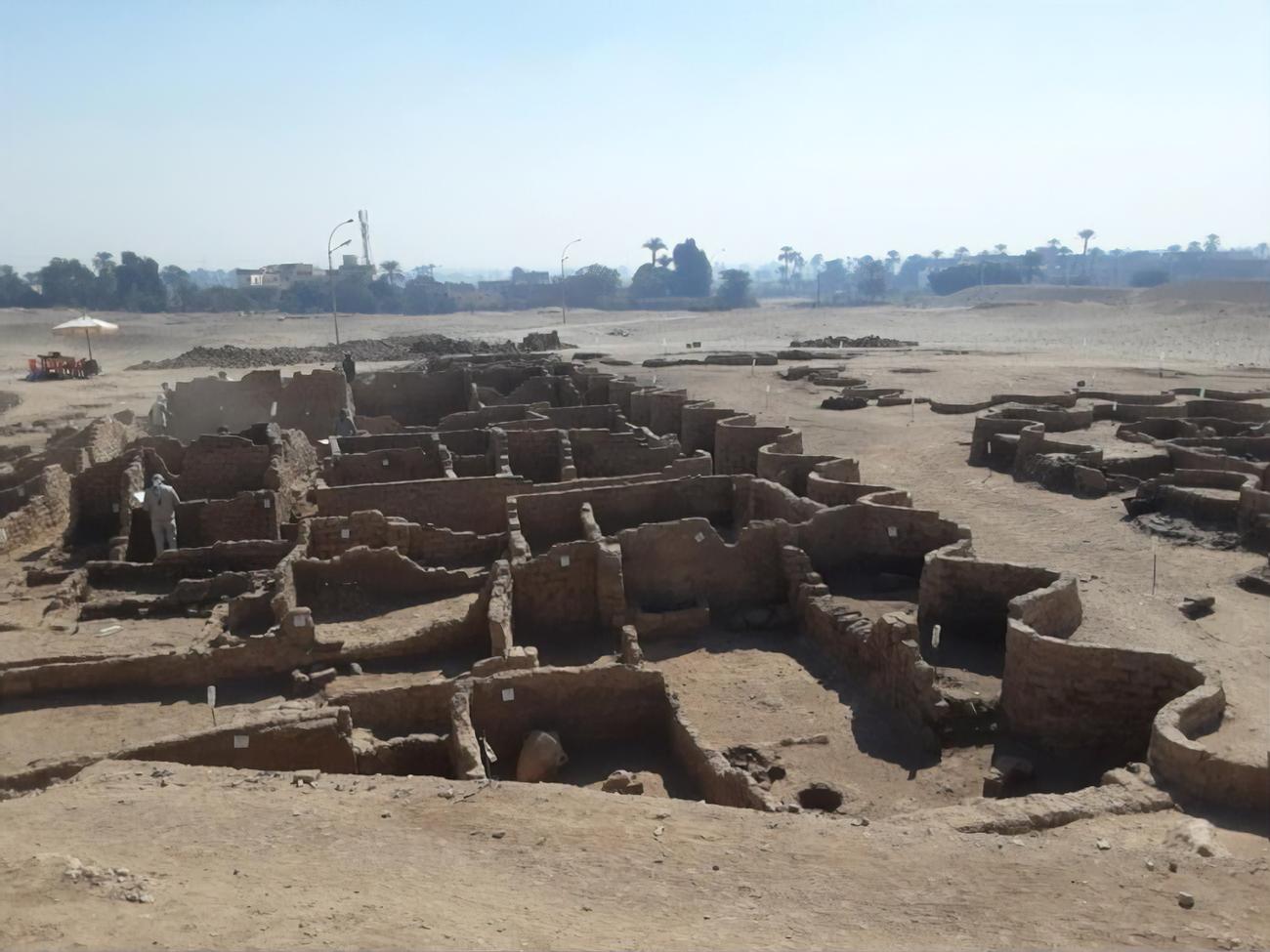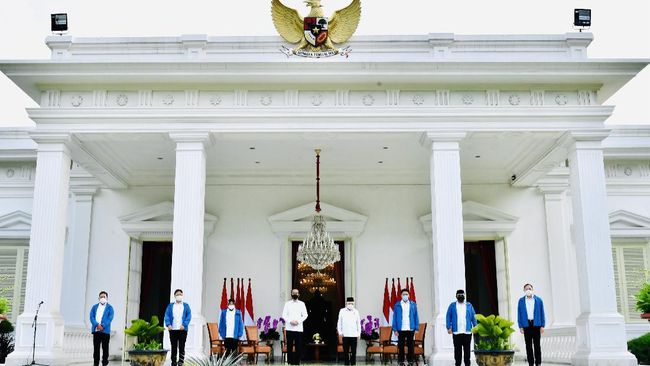The settlement was named by archaeologists the “Lost City of Gold”. It is the largest city ever found in Egypt and was famous during the reign of Akhenaten, son of Amenhotep III.
“Many foreign archaeological missions searched for this city, but never found it. We began our search for the burial temple of Tutankhamun, because the temples of the pharaohs Horemheb and Aye were found in this area,” Hawass said.
The streets of the city are surrounded by houses, some of which are three meters high. The city stretches westward to the famous necropolis of Deir el Medina. It was the largest administrative and industrial settlement in the era of the Egyptian empire on the west bank of Luxor, said the head of a group of archaeological scientists.
Betsy Brian, an Egyptologist professor at Johns Hopkins University, called the discovery of the city the most important find in Egypt since the discovery of the tomb of Tutankhamun, the Egyptian edition wrote Ahram April 8.
According to her, the discovery of the lost city will not only provide a rare opportunity to see how the ancient Egyptians lived when the country was at the peak of its prosperity, but also help shed light on one of the greatest mysteries of history: why Akhenaten and Nefertiti decided to move to Amarna.
Egyptologists began excavations at the site of the city in September last year. A few weeks later, scientists discovered that buildings made of adobe bricks in good condition stretched in different directions, the buildings were almost intact and even with things necessary in everyday life, the newspaper noted.
First of all, scientists studied the hieroglyphic inscriptions on earthen vessels for wine. They found out that there are three palaces of Amenhotep III in the city. The information was confirmed by other finds, including rings, scarabs, colored ceramic vessels and clay bricks and a seal with by the name of Amenhotep III. In the future, it was possible to find the administrative, residential and “industrial” areas of the city. The “industrial” site housed a site for the manufacture of bricks for churches and outbuildings.
In addition, on the territory of the city, archaeologists have found molds for the manufacture of objects from metal and glass, foundry molds for the manufacture of amulets and openwork decorative elements, and many tools used in weaving.
One of the latest finds is a vessel containing about 10 kg of meat. It contains the inscription “37 year, meat for the third ancient Egyptian holiday Heb-sed from the slaughter of the Kha barnyard, prepared by the butcher Luvi”. Such information not only gives the names of two people who lived and worked in the city, but also confirms that the city flourished during the joint regency of King Amenhotep III with his son Akhenaten, scientists concluded.
A large cemetery was discovered to the north of the settlement. According to Ahram, archaeologists continue to explore and expect to find untouched treasure tombs.
– .


